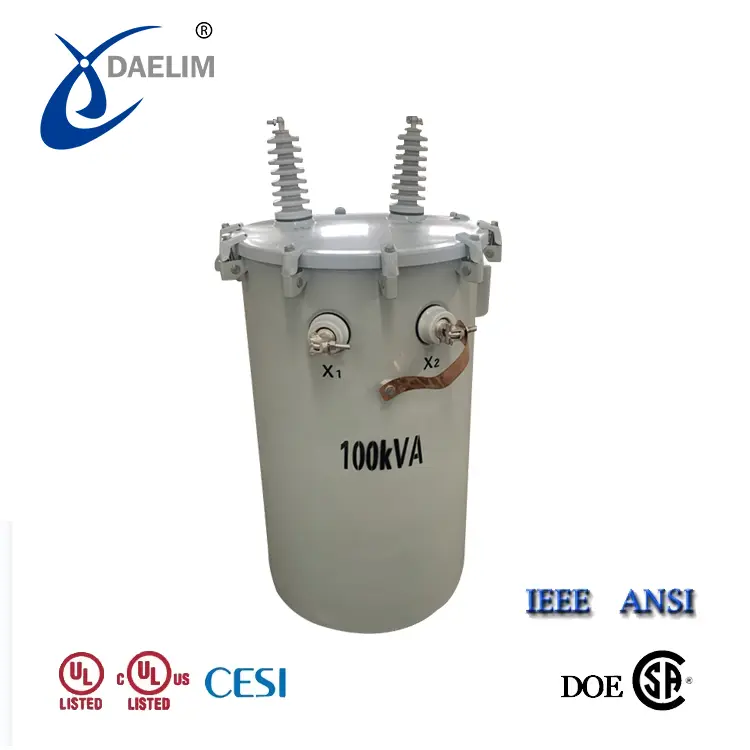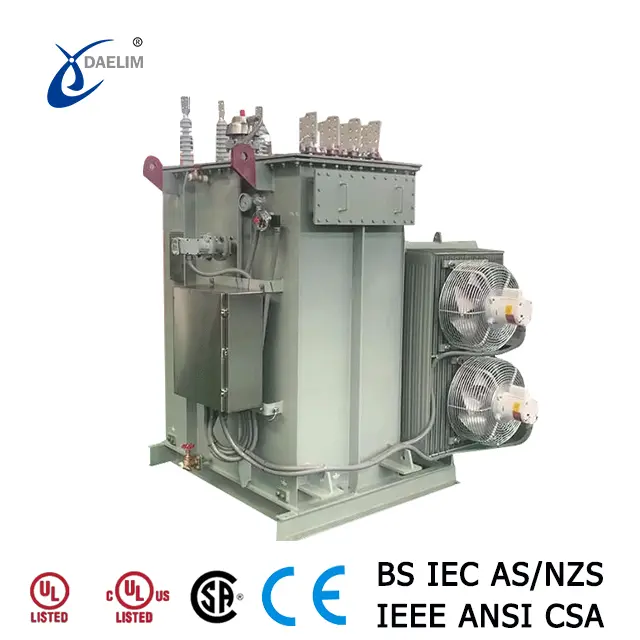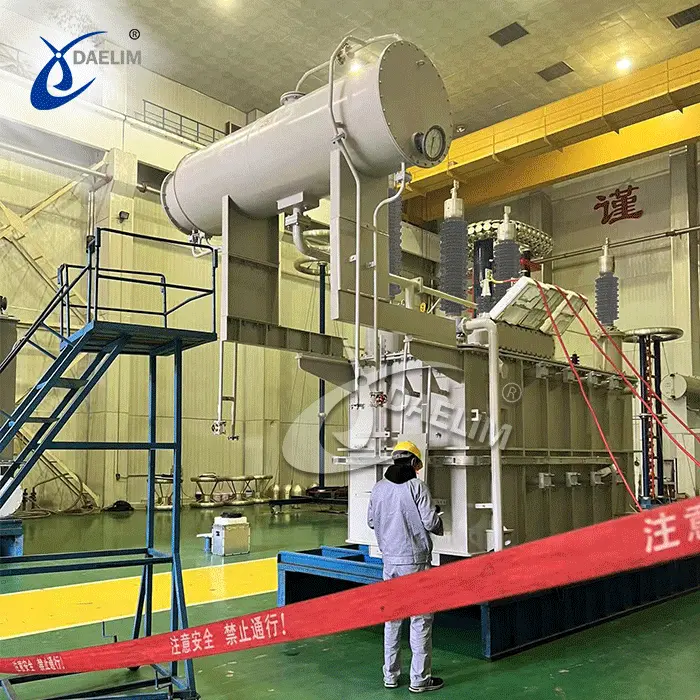Why should the transformer load not exceed 85%?
The transformer load rate, defined as the ratio of the transformer's output apparent power to its rated capacity, is a critical parameter in ensuring optimal performance and longevity of the equipment.
Maintaining the transformer load rate within an appropriate range is essential for several reasons, including initial investment considerations, economic operation, energy conservation, and environmental protection. When the load rate surpasses 85%, the transformer's capacity reserve becomes insufficient, potentially leading to operational inefficiencies and increased costs. Conversely, a load rate below this threshold results in unnecessary waste and can escalate initial investments and operating expenses.
A load rate exceeding 90% indicates that the transformer is nearing full-load operation, which can pose risks due to fluctuating electrical equipment loads. Equipment such as large welding machines, cranes, and high-power motors may frequently experience short-term overloads, adversely impacting the transformer's service life when operating at high load rates for prolonged periods. Moreover, excessive load rates elevate transformer losses and impede heat dissipation, further compromising performance and longevity.
Adherence to appropriate load rate guidelines is imperative for safe and stable transformer operation. While regulations governing load rates vary across industries and electricity usage scenarios, adherence to established standards is paramount. For instance, in accordance with electrical design standards for civil buildings, distribution transformers should operate at a long-term load rate not exceeding 85%. Additionally, residential buildings should utilize energy-saving transformers with a load rate cap of 85%, employing a power supply unit comprising two distribution transformers to serve residential areas with a load rate not exceeding 65%.
For transformers dedicated to financial facilities, maintaining a long-term working load rate below 75% is recommended, ensuring the ability to sustain normal operations for all critical loads even during periods of peak demand or harmonic distortion. Similarly, in large transportation buildings such as civil airport terminals and railway stations, load rates typically range from 60% to 75% due to the presence of numerous primary and secondary loads and susceptibility to harmonic interference. Provision for redundancy is essential, with backup transformers capable of assuming the entire load in the event of a fault.
To accommodate fluctuations in power demand and equipment usage, power supply and distribution systems should incorporate adequate backup capacity and scalability. Distribution transformers should ideally operate within a load rate range of 70% to 85%.
In instances where large equipment with sporadic usage or significant impact loads are present, dedicated transformers should be employed with load rates not exceeding 70%.
In summary, maintaining the transformer load rate within optimal limits is crucial for efficient and durable operation. Exceeding 85% can lead to inefficiencies and increased costs. A load rate above 90% risks equipment integrity. Adherence to industry standards is essential, with varying recommendations for different sectors. Backup capacity and scalability are vital for accommodating fluctuations. For specialized equipment, dedicated transformers with load rates not exceeding 70% are advised. Regular assessment and adjustment of transformer capacity are necessary to avoid inefficiencies and excessive energy consumption.
Related Products
Related Article
Differences Between Copper Core and Aluminum Core Transformers
Copper core transformers offer better conductivity, slower temperature rise, and are ideal for high-load applications. Aluminum core transformers are more economical, heat up faster, and are suitable for lower loads. Choose based on your specific load requirements.
Why Does Dry-Type Transformer Make Noise?
Noise in dry-type transformers is mainly caused by poor-quality silicon steel sheets, uneven installation sites, and high grid voltage increasing the core's magnetic density.
What happens if the transformer is overloaded?
Transformer overload results in increased power consumption, causing higher operating temperatures, insulation aging, and shortened lifespan. It can also harm connected electrical equipment. To maintain optimal performance and longevity, load should not exceed 15% of rated capacity in summer and 30% in winter.
Why does the transformer explode?
Transformer explosions are typically caused by factors such as internal short circuits, improper use and maintenance, overload, aging, manufacturing defects, lightning strikes, and load short circuits. Choosing high-quality transformers from reputable suppliers is crucial to minimize these risks.
Why does transformer require a balanced winding?
A balanced winding in transformers minimizes voltage differences between windings, reducing losses, controlling output voltage, and ensuring reliable operation.
Why are there pebbles under the transformer?
Pebbles beneath transformers serve multiple purposes: preventing fires and containing oil leaks, guiding oil drainage for easy collection and treatment, filtering impurities, aiding in thermal regulation, enhancing insulation and safety, dampening vibrations, and inhibiting weed growth. Contact Daelim Transformer for further inquiries.






